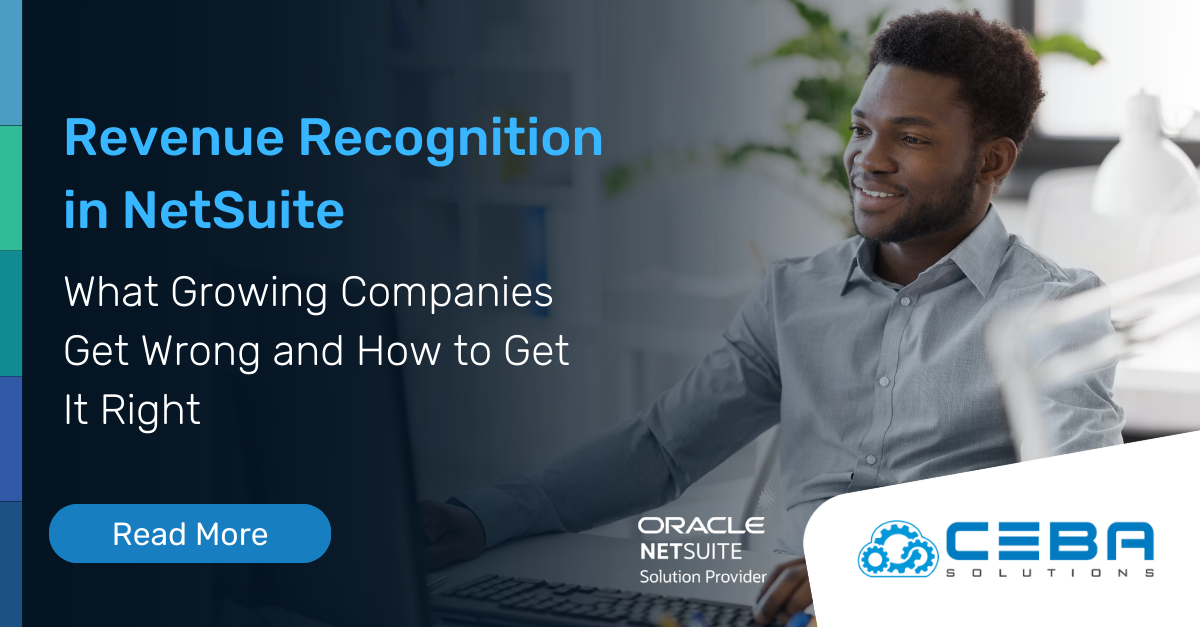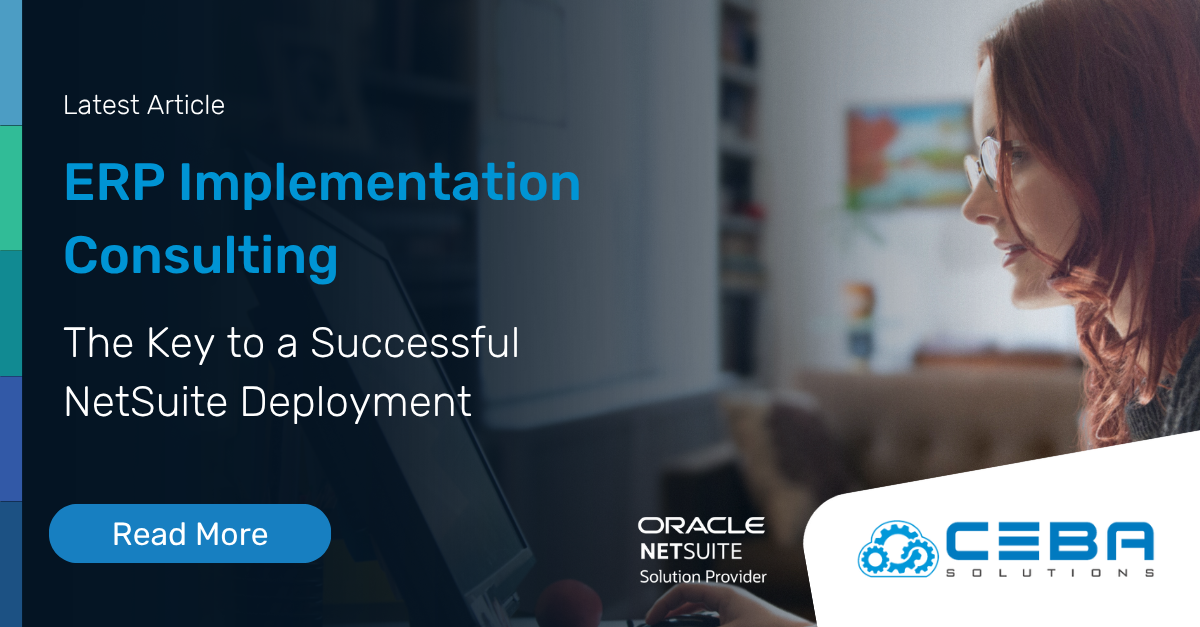
Master Wholesale Pricing with ERP: Boost Profitability
Master Wholesale Pricing with ERP: Boost Profitability
In today’s competitive wholesale distribution industry, profitability hinges not only on the products you offer but also on how effectively you manage your pricing strategies. Enterprise Resource Planning (ERP) systems have emerged as indispensable tools that enable businesses to master the intricacies of wholesale pricing, ultimately leading to enhanced profitability. This article will explore how ERP systems can be leveraged to optimize pricing strategies through a comprehensive examination of five primary concepts: understanding ERP and its role in wholesale pricing, conducting margin analysis for better decision-making, enhancing profitability through data analytics, implementing effective discounting strategies, and streamlining operations for improved profit margins.
Understanding ERP and Its Role in Wholesale Pricing
Definition and Core Functions of ERP Systems
Enterprise Resource Planning (ERP) systems are integrated software platforms designed to manage and streamline a company’s core business processes. By consolidating data from various departments - such as inventory management, order processing, and financial accounting - into a single, unified system, ERP systems provide a holistic view of the business. This consolidation is vital for wholesale distributors who often operate with complex supply chains and need to manage vast amounts of data across multiple channels. ERP systems offer a suite of tools that help in automating tasks, reducing errors, and ensuring that the entire organization is aligned with strategic objectives.
The core functions of an ERP system in the context of wholesale pricing include inventory management, which ensures that stock levels are optimized to meet demand without overstocking or understocking; order processing, which helps manage customer orders efficiently; and financial accounting, which tracks revenue, expenses, and profitability. These functions are interconnected, and the real power of ERP lies in its ability to provide real-time visibility and control over these critical business processes.
Integration of ERP with Existing Business Processes
One of the key benefits of an ERP system is its ability to integrate seamlessly with existing business processes. This integration ensures that data flows smoothly between departments, enabling accurate information sharing and real-time updates. For example, when inventory levels change due to a new order, the ERP system automatically updates this information across all relevant departments. This real-time synchronization is crucial for wholesale distributors, where pricing decisions often depend on up-to-date information about inventory levels, market conditions, and customer demand.
ERP systems can be configured or customized to fit the specific needs of a business. This means that companies can configure their ERP system to reflect their unique pricing models, discount structures, and customer segmentation strategies. By doing so, businesses can ensure that their pricing strategies are not only efficient but also aligned with their broader business objectives.
Benefits of ERP in Managing Wholesale Pricing
ERP systems offer numerous benefits when it comes to managing wholesale pricing. First and foremost, they provide the tools necessary for setting and adjusting prices based on a variety of factors, such as market demand, the cost of goods, and competitor pricing. This capability is essential for maintaining competitive pricing while ensuring profitability.
In addition to pricing management, ERP systems also enable businesses to monitor pricing performance in real-time. This real-time monitoring allows companies to quickly identify and address any issues that may arise, such as unexpected changes in demand or supply chain disruptions. Modern ERP systems can also support advanced pricing models, such as dynamic pricing, which allows businesses to adjust prices in response to changing market conditions. By leveraging these capabilities, wholesale distributors can maintain a competitive edge in the market while maximizing their profit margins.
Capitalizing on Margin Analysis Reporting for Better Decision-Making
Importance of Margin Analysis in Wholesale Pricing
Margin analysis is a critical aspect of wholesale pricing, as it helps businesses understand the profitability of their products. By examining the difference between the cost of goods sold (COGS) and the selling price, companies can determine their gross margins and identify which products yield the highest profits. This analysis is essential for ensuring that pricing strategies are aligned with profitability goals.
In wholesale distribution, where margins are often thin, even small improvements in pricing can have a significant impact on overall profitability. For example, identifying products with low margins and adjusting their prices or renegotiating supplier contracts can lead to substantial increases in profit. Additionally, margin analysis helps businesses make informed decisions about product mix, inventory levels, and sales strategies. By focusing on high-margin products and discontinuing low-margin or underperforming items, companies can optimize their product portfolio and improve their bottom line.
Tools and Features within ERP for Margin Analysis
ERP systems come equipped with a variety of tools and features designed to facilitate margin analysis. These include real-time reporting, customizable dashboards, and advanced analytics capabilities. For instance, businesses can use ERP dashboards to track key performance indicators (KPIs) such as gross margin, net margin, and contribution margin. These KPIs provide a clear picture of the profitability of individual products, customer segments, and regions.
ERP systems also allow granular segmentation of data, enabling businesses to analyze margins by specific criteria such as product category, customer type, or geographic region. This granular view of profitability helps companies identify areas where they can make targeted improvements.
Examples of Successful Margin Analysis
Several of our clients have successfully leveraged ERP systems for margin analysis to enhance their pricing strategies. For example, a wholesale distributor of electronic components used ERP analytics to identify low-margin products and renegotiate supplier contracts, resulting in a 15% increase in overall profitability. By focusing on products that offered the highest margins, the company was able to optimize its pricing strategy and improve its competitive position in the market.
Another case involved a food and beverage wholesaler who used ERP data to optimize their product mix. By analyzing the margins of different products, the company identified underperforming items and discontinued them, focusing instead on high-margin products. This strategic shift led to a significant improvement in the company’s profit margins and overall financial performance.
Maximizing Wholesale Margins Using Data Analytics
Data analytics plays a pivotal role in identifying pricing trends within the wholesale distribution sector. By leveraging the vast amounts of data collected through ERP systems, businesses can uncover patterns and trends that inform pricing strategies. For instance, data analytics can reveal seasonal demand fluctuations, customer purchasing behaviors, and market dynamics. Understanding these trends allows companies to adjust their pricing models proactively, ensuring they remain competitive while maximizing profitability.
Moreover, data analytics enables businesses to segment their customer base and tailor pricing strategies to different customer groups. For example, a company may identify that certain customers are more price-sensitive, while others are willing to pay a premium for faster delivery or additional services. By segmenting customers and applying targeted pricing strategies, businesses can increase customer satisfaction and profitability.
Utilizing ERP Data for Predictive Analytics
One of the most powerful features of ERP systems is their ability to support predictive analytics. By analyzing historical data, businesses can forecast future pricing trends and demand patterns. Predictive analytics helps companies anticipate market changes and adjust their pricing strategies accordingly. For example, if data indicates a likely increase in demand for a particular product, businesses can preemptively adjust prices to optimize margins.
Predictive analytics can also be used to identify potential risks and opportunities. For instance, a company may use predictive analytics to identify products that are likely to experience supply chain disruptions, allowing them to take proactive measures to mitigate these risks. Similarly, predictive analytics can help businesses identify emerging trends in customer preferences, enabling them to adjust their product offerings and pricing strategies to capitalize on these trends.
Managing Dynamic Pricing Adjustments
One of the significant advantages of ERP systems is their ability to perform real-time data analysis. This capability is crucial for dynamic pricing adjustments, where prices are continuously optimized based on current market conditions. Real-time data analysis allows businesses to respond swiftly to changes in supply and demand, competitor pricing, and other external factors.
For example, if a competitor lowers their prices, a company can use real-time data analysis to quickly adjust its prices to remain competitive. Similarly, if demand for a product suddenly spikes, the company can adjust prices to capitalize on the increased demand. By implementing dynamic pricing within an ERP system, businesses can ensure that their pricing remains competitive and aligned with market conditions, thereby maximizing revenue and profitability.
Implementing System Driven Discounting Strategies
Types of Discounting Strategies in Wholesale Distribution
Discounting is a common strategy in wholesale distribution, used to attract customers and increase sales volume. There are several types of discounting strategies that businesses can employ, each serving a specific purpose. Volume discounts, for instance, offer customers a price reduction for purchasing in bulk, encouraging larger orders and driving up sales. Early payment discounts incentivize customers to pay their invoices promptly, improving cash flow for the business. Seasonal discounts help move inventory during off-peak times, while loyalty discounts reward repeat customers, fostering long-term relationships.
Another effective discounting strategy is the use of promotional discounts, which are temporary price reductions designed to stimulate demand for specific products. Promotional discounts can be particularly effective for clearing out excess inventory or introducing new products to the market. Additionally, businesses can offer bundle discounts, where customers receive a discount for purchasing multiple products together. This strategy encourages customers to buy more, increasing the average order value and driving up overall sales.
Implementing Discounting Rules within ERP Systems
ERP systems play a crucial role in implementing and managing discounting strategies. By automating the process of applying discounts, ERP systems ensure consistency and accuracy in pricing. Businesses can set predefined discounting criteria within the ERP system, such as minimum order quantities or specific customer segments eligible for discounts. The system then automatically applies these discounts during order processing, reducing the risk of human error and ensuring that all eligible transactions benefit from the appropriate discounts.
ERP systems like NetSuite provide businesses with the flexibility to customize discounting rules based on specific needs. For example, a company may choose to offer different discounts to different customer segments, such as offering larger discounts to key accounts or long-term customers. By using ERP systems to manage discounting strategies, businesses can ensure that their discounting practices are aligned with their overall pricing strategy and profitability goals.
Monitoring and Adjusting Discounting Strategies for Maximum Profitability
To maximize the profitability of discounting strategies, it is essential to continuously monitor and adjust them based on real-time data. ERP systems provide the tools necessary to track the effectiveness of discounting strategies and make data-driven adjustments as needed. By analyzing sales data, customer behavior, and market trends, businesses can identify which discounts are driving sales and which may need adjustment.
For example, if a particular discount is not generating the expected increase in sales, the business may choose to adjust the discount percentage or offer a different type of promotion. Similarly, if a discount is driving significant sales but eroding profit margins, the business may need to reevaluate the terms of the discount to ensure it contributes positively to the bottom line. By using ERP systems to monitor and adjust discounting strategies, businesses can ensure that their discounting practices are both effective and profitable.
"In the competitive landscape of wholesale distribution, mastering pricing strategies through ERP systems is essential for profitability. These systems provide the real-time data and tools necessary to make informed, effective pricing decisions." - Zabe Siddique, CEO - CEBA Solutions
Streamlining Operations for Improved Profit Margins
Automating Pricing Processes with ERP
Automating pricing processes through ERP systems can significantly enhance efficiency and accuracy. By setting predefined pricing rules and conditions, businesses can ensure consistent and error-free pricing across all transactions. This automation reduces the time and effort required for manual price adjustments, allowing staff to focus on more strategic tasks.
Moreover, automated pricing processes help in maintaining up-to-date pricing information, which is crucial for responding swiftly to market changes. For example, if the cost of goods increases, the ERP system can automatically adjust prices to reflect the new costs, ensuring that the business maintains its desired profit margins. By automating pricing processes, businesses can reduce operational costs and improve profitability.
Reducing Operational Costs through ERP Efficiencies
ERP systems contribute to cost reduction by streamlining various operational processes. By integrating functions such as inventory management, order processing, and financial accounting, ERP systems eliminate redundancies and improve workflow efficiency. This integration minimizes the need for manual data entry and reduces the likelihood of errors, leading to cost savings.
ERP systems provide real-time visibility into operations, enabling better resource allocation and reducing waste. For example, by optimizing inventory levels and reducing excess stock, businesses can lower their carrying costs and free up capital for other investments. Similarly, by automating order processing and reducing order cycle times, businesses can improve customer satisfaction and reduce operational costs. These efficiencies contribute to higher profit margins and long-term business success.
Enhancing Customer Satisfaction and Retention with Accurate Pricing
Accurate pricing is essential for maintaining customer satisfaction and loyalty. ERP systems ensure that pricing information is consistent and transparent across all customer touchpoints. This consistency helps in building trust with customers, as they can rely on receiving fair and accurate prices.
ERP automatically track customer purchasing patterns and preferences, allowing businesses to offer personalized pricing and promotions. For example, a business may identify that a particular customer frequently purchases a specific product and offer them a special discount on their next purchase. By meeting customer expectations and providing value, businesses can enhance customer retention and drive long-term profitability.
Unlocking the Full Potential of ERP in Wholesale Distribution
Effectively managing pricing and margins is crucial for sustaining profitability in the competitive landscape of wholesale distribution. ERP systems offer a comprehensive solution that integrates various business processes, enabling real-time data analysis, dynamic pricing adjustments, and efficient discounting strategies. By harnessing the capabilities of ERP, businesses can make informed decisions that enhance their bottom line and ensure long-term success.
Whether you’re looking to implement an ERP system for the first time or optimize an existing system, understanding how to leverage these tools for pricing and margin management is key to unlocking the full potential of your business. For those in the wholesale distribution industry, the investment in ERP is not just a technological upgrade but a strategic move towards sustained profitability and competitive advantage.
Interested in Learning More?
If you have any questions or need further insights on how ERP can transform your wholesale pricing and margin management, reach out to CEBA Solutions. Our experts are ready to assist you in navigating the complexities of ERP implementation and maximizing your profitability.








.png)





